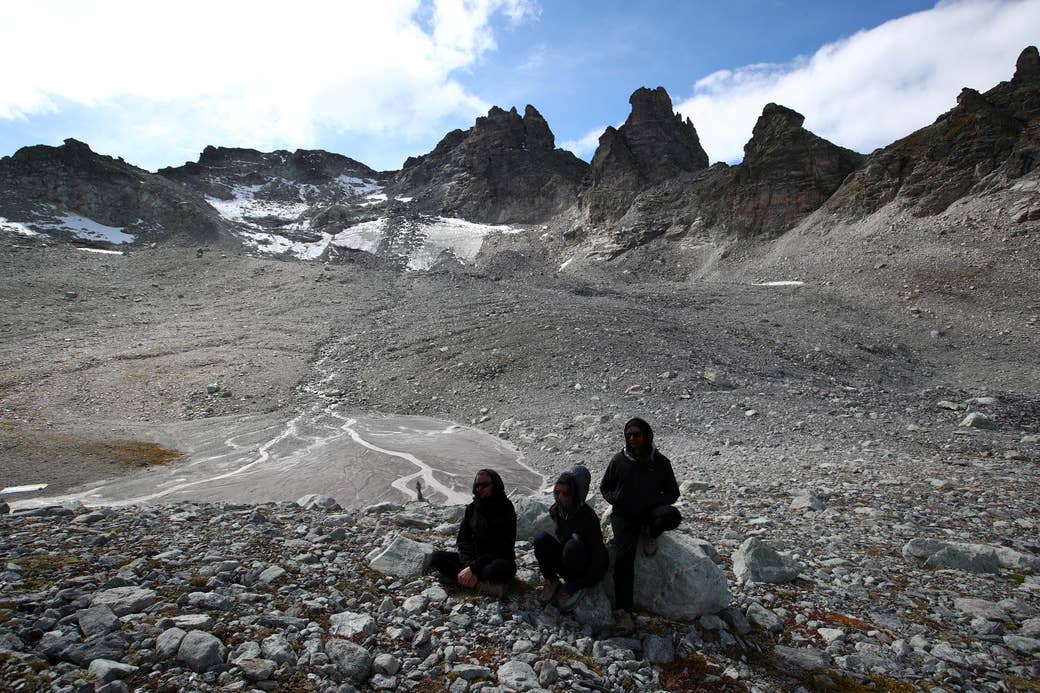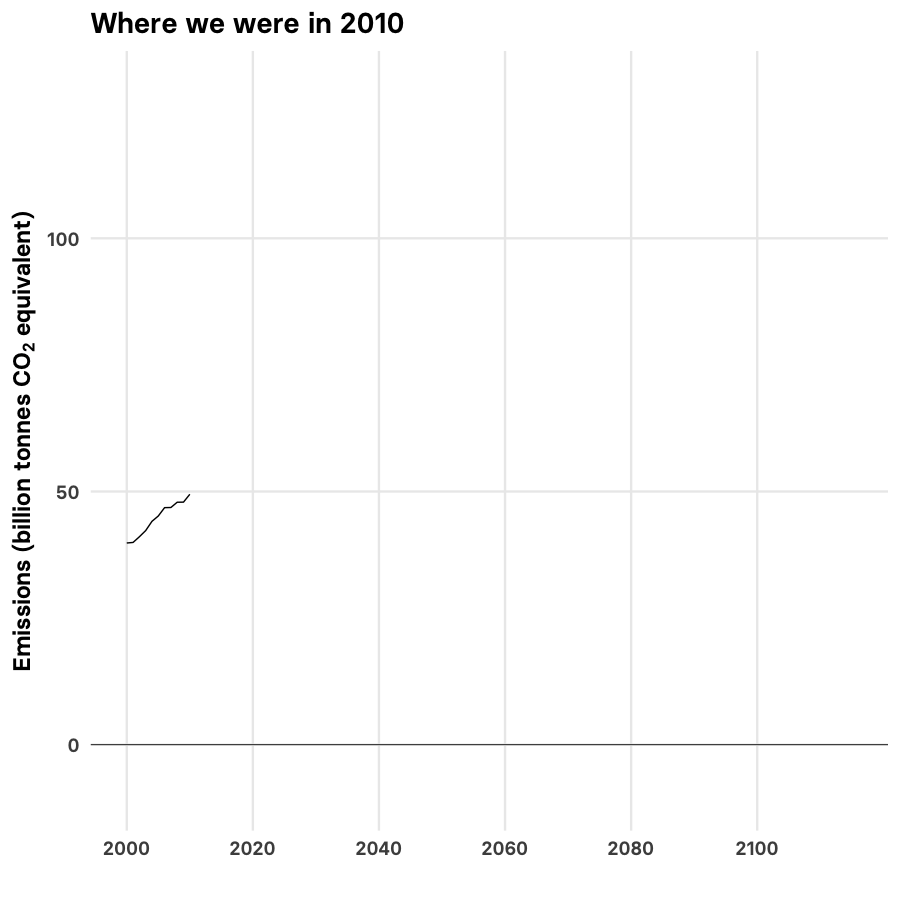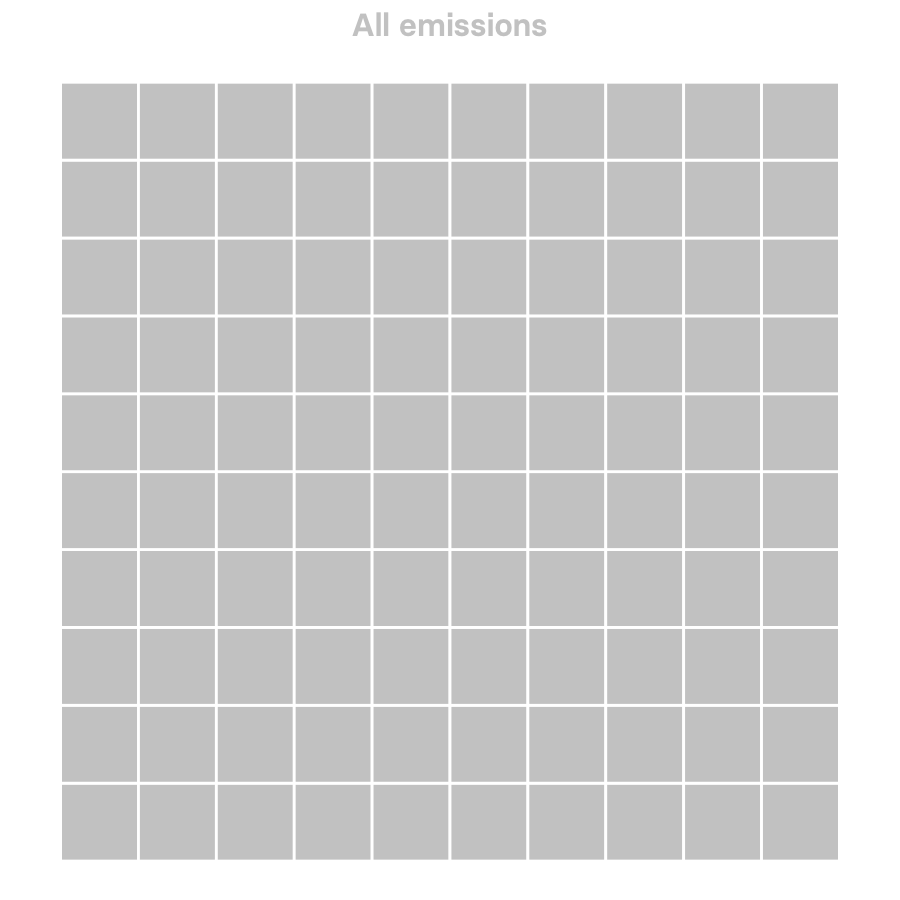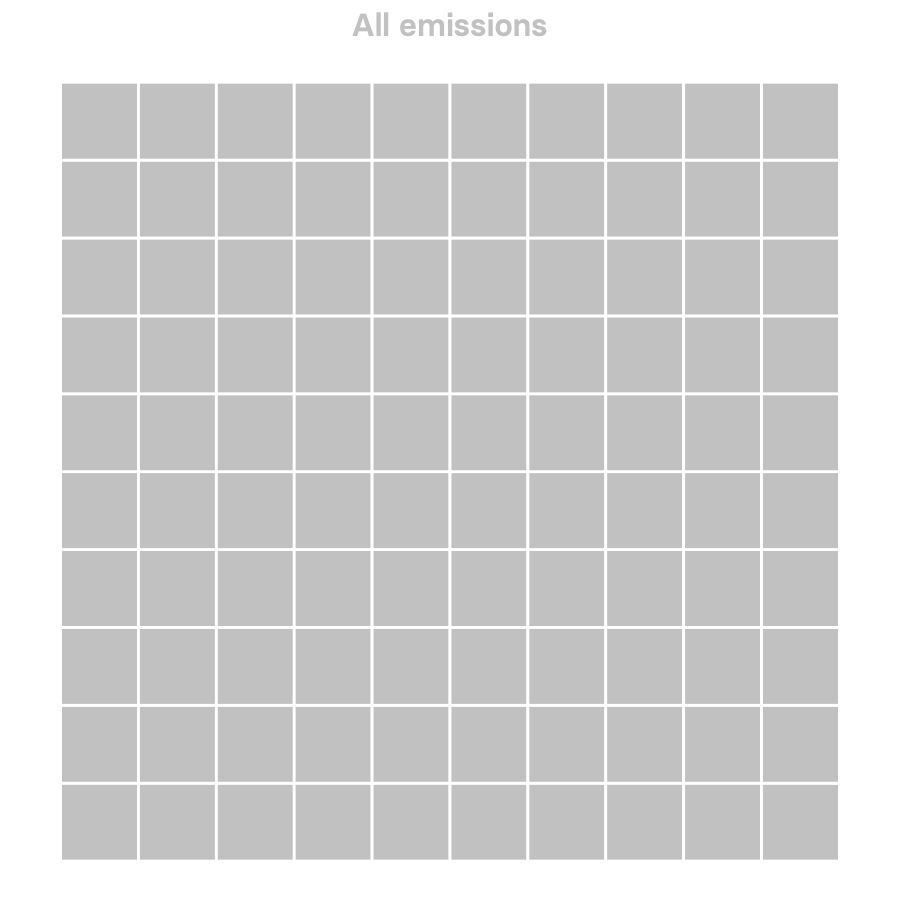
Words matter. In the 2010s, we went from “climate change” to “climate crisis” to “climate emergency” as scientists and activists reframed their language to stress the urgency of the threat posed by global warming.
Many fine words were spoken in 2015, as nations agreed at a summit in Paris to pursue efforts to limit warming to 1.5 degrees Celsius above preindustrial temperatures.
“The countries of the world have made a historic choice,” UN Secretary-General Ban Ki-moon told reporters on his return to New York. “They have unanimously decided to work as one to rise to the defining challenge of our times.”
But action matters more than words. And in the 2010s, that was where it all fell apart.
In June 2017, President Donald Trump announced that the US was backing out of the Paris deal. Deforestation in the Amazon, which will reduce its ability to pull carbon dioxide from the atmosphere, is on the rise after the 2018 election of Jair Bolsonaro as president of Brazil. Australia now has a fossil fuel–friendly prime minister who once brandished a lump of coal in Parliament, yelling “Don’t be scared!” China, already the largest emitter of greenhouse gases, is building coal-fired power plants at an alarming rate.
According to the Climate Action Tracker, just two countries — Morocco and Gambia — are pursuing policies consistent with the Paris agreement’s 1.5-degree goal.
These failures led to a decade in which we broke many major climate records again and again.
To understand our chances of avoiding a catastrophic future, BuzzFeed News has teamed up with Climate Interactive, a nonprofit think tank that has developed tools to simulate how policies affect emissions and climate change. The charts that follow show how we failed to act in the past decade — and how important that makes drastic changes in the years ahead.
Few experts believe the trajectory starting in 2030 is feasible. “The 1.5°C goal is on the brink of becoming impossible,” warned the UN Environment Program, in a report issued last month.
“Physically, we can still meet the 1.5-degree target, but the longer we wait, the harder it is,” said Lori Siegel, senior modeler with Climate Interactive, who ran the simulations behind our charts.
Removing carbon dioxide from the atmosphere would depend on massive reforestation or technologies that have not been proven to work on the scale required.
Even 1.5 degrees Celsius of warming is bad. It would, for example, see us lose about 70% of the world’s coral reefs. At 2 degrees above preindustrial temperatures, we’d lose almost all of them.
“The science tells us every gigaton we cut counts. Every single one,” Katharine Hayhoe, a climate scientist at Texas Tech University, told BuzzFeed News. “The faster we cut our carbon emissions, the better off we are going to be and the more impacts we avoid.”
Generating the energy that drives the global economy is the biggest contributor to global warming. So replacing coal and natural gas–fired power plants with solar, wind, other renewables, and nuclear offers the greatest possibility to save us from climate chaos.
After that, the most important sector is agriculture, changes in land use, and waste — mostly food waste. Here, the problem isn’t just carbon dioxide, but also methane emitted by burping livestock and their manure, plus nitrous oxide, released from both synthetic and natural soil fertilizers.
Transport, the main driver of the world’s addiction to oil, comes in third.
Reducing emissions to meet the 1.5-degree target will mean cuts across the board. “There is no silver bullet,” Siegel said. “We need a silver buckshot approach.”
This is why some politicians are proposing radical plans to “decarbonize” the economy, most notably under the banner of the Green New Deal. It’s shaping up to be a key battleground in the 2020 US election cycle.
What can you do?
None of us can transform the global economy by ourselves. But those who care about what kind of world we leave for future generations are increasingly asking what they can do about it.
Two of the worst things we can do for the climate are flying and eating beef. And we don’t need to do either as much as we do. Here are those emissions in context.
Today, about 2% of global greenhouse gas emissions are due to air travel. But emissions from aviation rose 32% in the five years leading up to 2018, driven in large part by increasing demand for air travel from the growing Chinese middle class.
Forgoing a single dream vacation won’t make much of a difference to the planet’s future. But if you’re a frequent flyer, you may want to cut back. Just 12% of Americans account for 68% of all flights. If we all flew that much, carbon dioxide emissions from aviation would exceed those from cars.
Experts agree that beef has the greatest climate impact of anything we eat: Cows require huge amounts of land for pasture and burp large amounts of methane. On average, every 50 grams of protein in beef causes the emission of 17.7 kilograms of carbon dioxide equivalent — compared to 2.9 kilograms for chicken and 0.4 kilograms for beans.
Accounting for these emissions is hard — and varies greatly from place to place according to how the land would otherwise have been used. Our estimate that 6% of all global emissions can be attributed to beef is based on a 2013 UN Food and Agriculture Organization study.
Beef consumption in the US is falling but is still some four times higher than the world average. So if you’re looking to reduce your own carbon footprint, cutting back on burgers and steaks is a good place to start.
But in the end, tackling the climate emergency isn’t just a matter of personal responsibility. Breaking the link between economic growth and greenhouse gas emissions that have brought us to the brink of disaster will demand political action, international cooperation, and, experts argue, massive structural changes in the global economy. ●
Zahra Hirji contributed reporting to this story.




